The journey of maritime navigation has been a remarkable one, transitioning from traditional paper charts to sophisticated digital solutions. This evolution reflects not only technological advancements but also a significant shift in how we approach the safety and efficiency of maritime operations.
1. The Era of Paper Charts
For centuries, sailors relied on paper charts to navigate the world's oceans. These charts, meticulously crafted and hand-drawn, represented the state of knowledge at the time, detailing coastlines, hazards, and navigational aids. Despite their importance, paper charts had limitations. They were susceptible to wear and tear, and updating them with new information was a labor-intensive process.
2. The Introduction of Electronic Chart Systems
The 20th century brought about the first significant change in navigation with the advent of Electronic Chart Display and Information Systems (ECDIS). ECDIS revolutionized maritime navigation by integrating electronic charts with real-time data. Mariners could now view dynamic and updated charts on screen, with features such as automated position plotting and collision avoidance. This advancement improved situational awareness and reduced the chances of human error.
3. Advancements in Technology
As technology continued to advance, so did ECDIS. Modern systems now include 3D visualization, offering a more immersive and accurate representation of the maritime environment. This feature enhances the ability to visualize the sea bed, underwater obstacles, and the surrounding terrain, providing mariners with a clearer understanding of their navigational context.
4. Integration with Other Technologies
Today's ECDIS solutions are not standalone systems. They are integrated with various technologies such as Automatic Identification Systems (AIS), radar, and satellite communications. This integration allows for real-time tracking of vessels, improved collision avoidance, and enhanced route planning. The synergy between these technologies ensures that mariners have access to comprehensive and timely information.
5. The Future of Navigation
The future of navigation systems is set to be even more innovative. With advancements in artificial intelligence, machine learning, and data analytics, the next generation of ECDIS will likely offer predictive capabilities, advanced automation, and even greater integration with other maritime systems. These developments will continue to enhance the safety, efficiency, and accuracy of maritime navigation.
In conclusion, the evolution from paper charts to digital solutions has transformed maritime navigation, making it more accurate and efficient. As technology continues to advance, the maritime industry will benefit from even more sophisticated tools and systems, ensuring safer and more effective navigation for the future.















